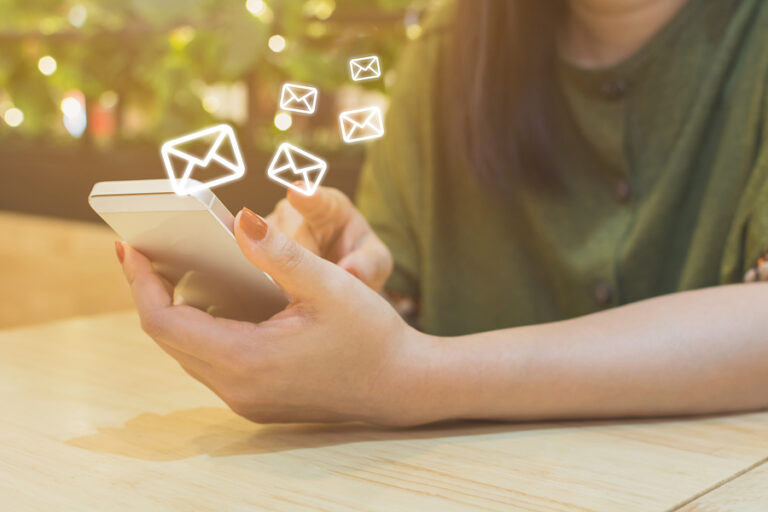Without question, email marketing is one of the best ways to turn one-time shoppers into long-term customers. It’s a way for you to target your audience, stay connected with them, and build brand loyalty in a place where most people visit every day—in their inbox. With email marketing, your business can create deeper relationships with a targeted audience while driving a better ROI than costly, traditional media. I cannot emphasize this enough: do not blast off any type of email campaign to your entire customer list. It simply won’t make the cut. You need to know their interests and what tactics will help to create long-lasting fans of your brand and business.
Email Campaigns That Drive Customer Retention
80% of brands rely on email marketing to drive customer retention, and another 56% say it is the most effective way to reach retention goals. Make the most of your email campaigns and drive customer retention with these tactics.
Welcome Emails
When new customers subscribe to your list, you want to welcome them to the group with an inviting (automated) email. It could be the first friendly exchange between your business and a new customer that sets the tone for future engagement. The welcome email does three things: introduces your brand, inspires customers to act, and incentivizes them to take that action. ALWAYS make a great first impression.
Loyalty Emails
Loyalty emails, i.e., reward programs and special offers, are the best ways to update your customers on their rewards status and make them feel special on days other than holidays. Using customer data, you can send them email campaigns when they’ve reached another level for new rewards or a special offer on their birthday. By reminding customers of the points they have and what they can do, these emails give you the perfect opportunity to encourage customers to engage with your business and spend their rewards on a regular basis.
Ulta is a great example of this strategy. The beauty brands loyalty program has over 16 million active members which helps to drive over 80% of the beauty retailer’s sales by creating long-lasting, loyal customers. Along with their reward program, they also deliver special offers for your birthday month including gift cards and double-earned points.
Post-Purchase Emails
After a customer makes a purchase, make their journey even more memorable by sending them relevant content. A couple examples of what you can send them include:
- Educational content based on their recent purchases to excite them and make them feel a part of an exclusive group.
- Live shipping information that saves them the hassle of looking up their own tracking information.
- Upsell with relevant products they may be interested in or find useful.
- If they haven’t engaged or made a purchase in a while, use these campaigns to reactivate customers by sending them a discount, special offer, or asking for customer feedback.
Stay in Touch
Always stay in touch. It’s important to establish regular communication with your customers, never ghost them. Keep them engaged with relevant and useful information about your services, products, and new happenings with your company. This will help to keep your company stay top-of-mind with your customers, without looking spammy. Customers want to feel special and be remembered. Treat them like VIPs. Your customer took the time to spend their money on your products and services.
Remember, it costs more to acquire new customers then retain current. Focusing on building better relationships with your customers through email marketing is an incredibly valuable tool to help build and sustain this loyalty in the long-run. The reason why repeat customers matter so much: they are worth so much more than one-time customers. Email marketing is a must if you are trying to increase your customer retention. If you’re interested in learning more about email marketing or effective tactics to help increase your customer retention, contact the experts at Vision. We implement all types of email marketing software, so we can reach your target audience with a purpose.




